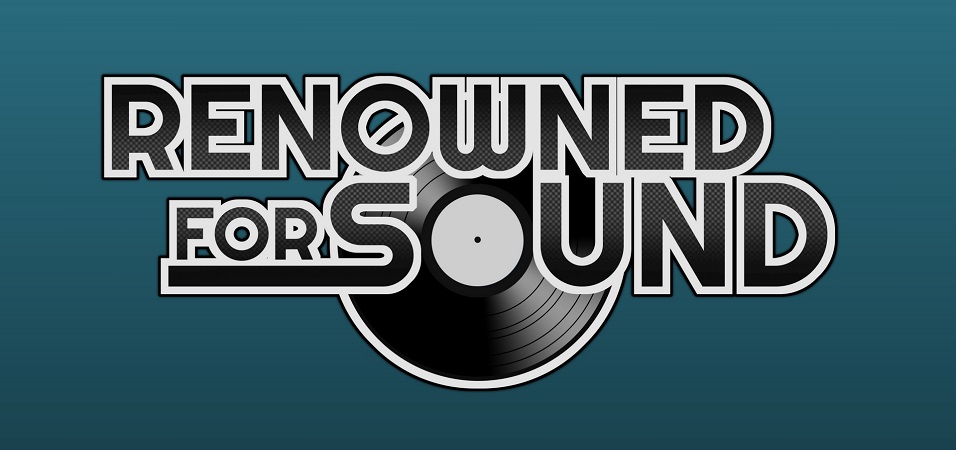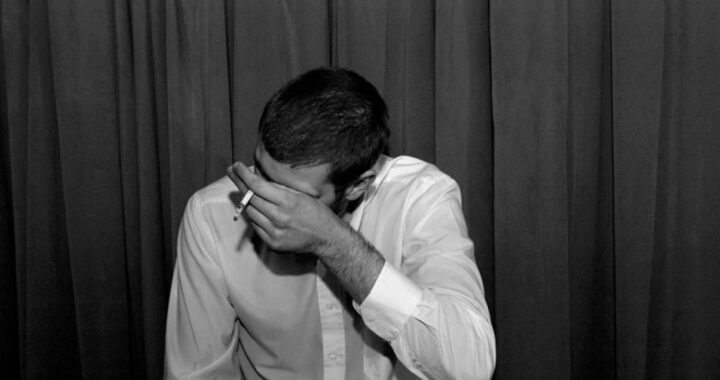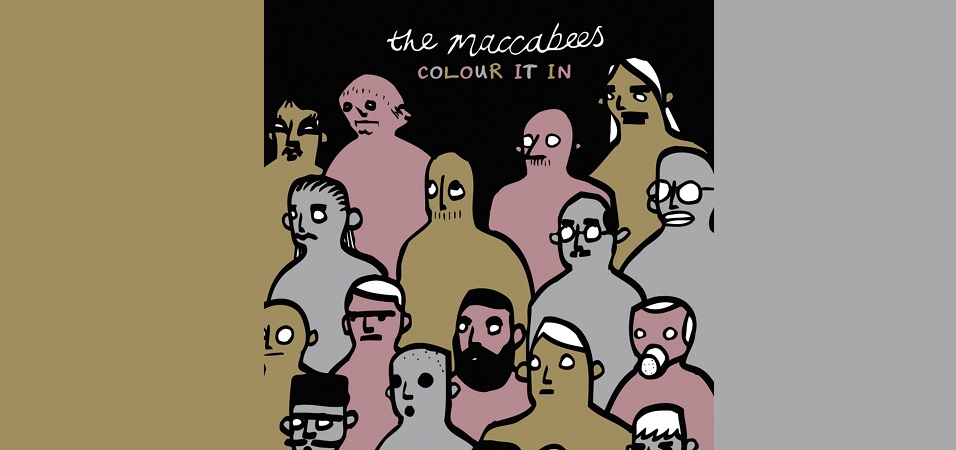Record Rewind: The Doors – The Doors
3 min read
Jim Morrison’s body lies in the Pere-Lachaise Cemetery in Paris. His grave is rather unassuming, at least it is these days – an impressive bust of his head which once sat atop the gravestone was stolen many years ago. The cemetery is an extensive sprawling maze of tombs, providing the afterlife accommodation for many other notable figures – Oscar Wilde, Frederic Chopin and Charlie Chaplin, to name a couple. You’d be hard pressed to find Jim without a map, and it would be easy to walk right past him if it weren’t for the adoring messages and song lyrics that visiting fans have scribbled on surrounding graves over the years.
 The scene is a pretty adequate visual metaphor for The Doors’ music. In the same way that the colourful notes of fondness contrast starkly with their sombre surroundings in a Parisian graveyard, the band’s thematic juxtaposition of ‘60s freedom and sexuality with the exploration of death and darkness feels almost jarring. And on none of The Doors’ albums is this intriguing incongruousness more potent than on their 1967 self-titled debut.
The scene is a pretty adequate visual metaphor for The Doors’ music. In the same way that the colourful notes of fondness contrast starkly with their sombre surroundings in a Parisian graveyard, the band’s thematic juxtaposition of ‘60s freedom and sexuality with the exploration of death and darkness feels almost jarring. And on none of The Doors’ albums is this intriguing incongruousness more potent than on their 1967 self-titled debut.
The Doors is a tempestuous journey from the Bossa Nova beat that kicks off the album opening Break On Through (To The Other Side) to Morrison’s mournful, reverb-sodden closing statement: ‘this is the end’. It ushers listeners through numerous mental states, going so far as to provide a rock ‘n’ roll lesson in Freudian psychology with a dream-like exploration of the Oedipus complex: ‘Father – Yes Son – I want to kill you. Mother, I want to… [the words that originally followed this lyric were unfortunately dropped from the mix, but anyone who’s read a bit of Freud will likely be able to infer what they would have been]’.
The record has not only the capacity to induce bodily movements, but indeed seems to command them – whether they be the snakelike movements seemingly required by the free-flowing Eastern-influenced guitar lines of The End, or the bouncy and erratic Ghost Dance, a Native American practice, which Morrison would sometimes perform live during the instrumental interludes in longer tracks. The drum beat which kicks in after a few bars of the keyboard groove from Ray Manzarek in Soul Kitchen never fails to get me thumping the steering wheel when I play it in my car, for instance.
[youtube id=”9iSXrZYhJt4″ width=”620″ height=”360″]
The same goes for the equally boisterous Light My Fire, and the long, uninhibited solos within are triumphs of melody and rhythm. Back Door Man follows; it is a driven take on Willie Dixon’s unashamedly promiscuous blues track, which The Doors’ drummer John Densmore described as a tune that’s ‘deeply sexual [which] got everyone moving’. These lively tracks are in tension, though, with the moonlight delicacy of pieces like The Crystal Ship and End Of The Night, the latter of which alludes to both the poetry of William Blake and Journey To The End Of The Night, a misanthropic novel by Louis-Ferdinand Celine. The record also takes a trip into the carnivalesque with its version of Alabama Song (Whisky Bar), originally a Brecht poem, first set to music by Kurt Weill.
[youtube id=”cJQwnAhXnBk” width=”620″ height=”360″]
It has for a number of years been my idealistic intention that, should I for some reason ever become filthy rich, apart from giving a few large sums to some worthy causes, I’ll repurchase my entire music collection in vinyl form. But while that remains a distant and seemingly unlikely eventuality, there are only a few records that are so significant that I feel justified in forking out the $30 or so to own them. The Doors, as a wild ride that takes you a good way along the psychological and sensual spectrum of music, is one of those records.
::: Renowned For Sound Music Reviews ::: Ben is a 21-year-old student whose taste in music consists of tunes that make him see things. Music for him is a very visual experience; a song has succeeded when it transports the listener somewhere. This is a quality Ben hopes to articulate in writing music reviews for RenownedForSound.com.
Ben capped off his school days at a Sydney high school catering specifically for the musically inclined, but now must balance his musical cravings with university study. To satisfy these cravings, Ben has played guitar in a few groups of differing styles but is often most contented just tinkering with the blues.


